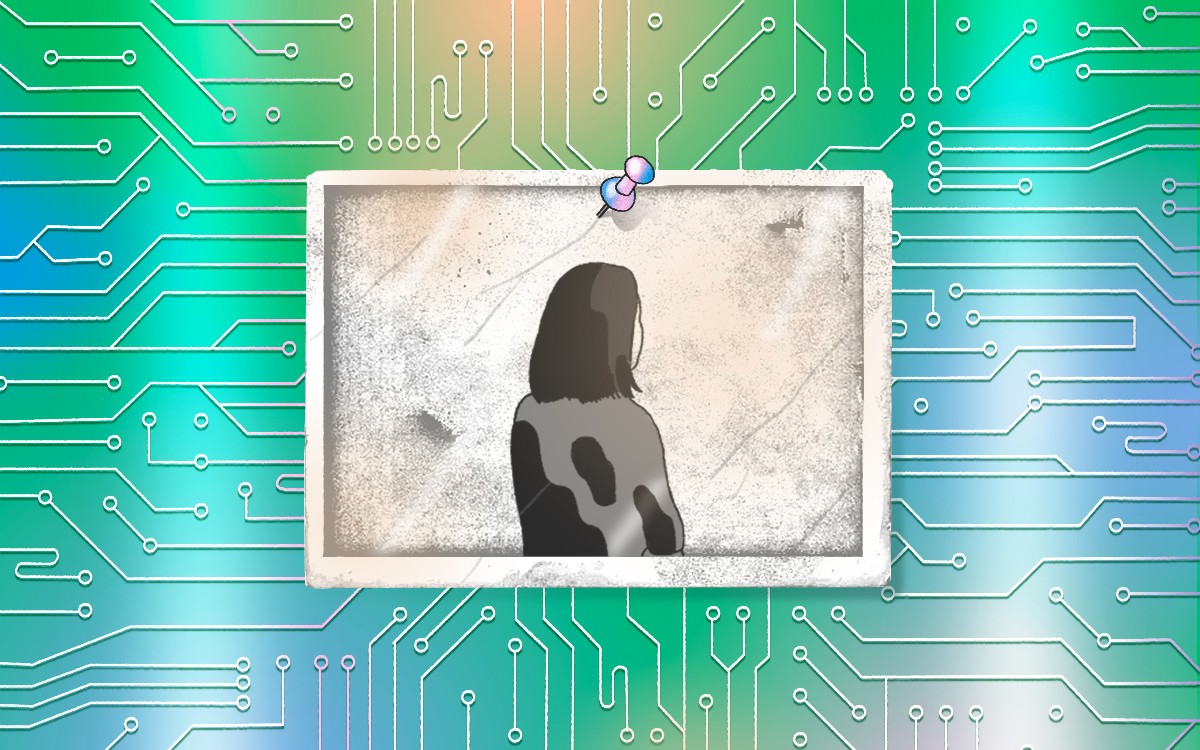The Future of Editing: Exploring the AI Eraser Tool
The digital art and photo editing sphere has witnessed countless innovations in recent years, but one stands out as particularly groundbreaking: the AI eraser tool. Offering unparalleled accuracy and efficiency, this novel invention is rapidly reshaping how artists and editors refine their work.
The Genesis of the AI Eraser Tool
Once upon a time, photo editing and digital artistry meant painstakingly removing unwanted elements, whether it was a stray bird in the sky, an unsightly blemish, or a distracting background. Traditional tools like the clone stamp or healing brush demanded a lot from their users, requiring precision, patience, and a keen eye for detail. However, the advent of the AI eraser tool has significantly changed the game.
The AI eraser tool, as the name suggests, leverages the power of artificial intelligence to automatically detect and remove unwanted elements from an image. By analyzing the surrounding pixels, the tool is able to deduce which elements are likely unintentional or disruptive and then seamlessly erase them, leaving behind a clean and undistorted image.
Why “Magic Eraser” Isn’t Just a Moniker
Referring to the AI eraser tool as the “magic eraser” is not merely a catchy nickname—it’s a fitting description of its capabilities. This isn’t just a tool; it’s almost a wizardry wand in digital form.
Take, for example, a photo of a pristine beach with an errant piece of trash marring the scene. In the past, removing this unsightly object might mean several minutes of careful editing, ensuring the surrounding sand and water are undisturbed. With the magic eraser, however, this process is reduced to mere seconds. The tool recognizes the trash as an inconsistency, references the adjacent sand and water patterns, and then deletes the trash, filling in the void with sand or water as appropriate. The result? A flawless beach scene, achieved with minimal effort.
Challenges and Evolution
Yet, as with any technological innovation, the AI eraser tool is not without its challenges. On rare occasions, it can misinterpret the user’s intentions and erase elements deemed essential, or it might struggle with complex backgrounds and intricate patterns. This underscores the importance of user oversight and the occasional manual touch-up.
But every challenge spurs further innovation. Developers are continually refining the AI algorithms behind the tool, training them on broader datasets and finetuning their accuracy. The result is an ever-improving system that learns from both its successes and its mistakes.
Moreover, the potential applications of this technology are vast. Beyond simple photo editing, the AI eraser tool has implications for industries ranging from film to fashion, where removing unwanted elements, whether they’re visual artifacts or entire backgrounds, is a routine necessity.
Looking Ahead
The digital editing arena is poised for even more transformations, with the AI eraser tool leading the charge. As AI continues to evolve and integrate deeper into the creative process, artists and editors will find themselves equipped with an arsenal of tools that not only streamline their workflow but also enhance the quality of their final products.
One thing is certain: the fusion of art and technology is only beginning, and the future holds boundless possibilities for those ready to embrace the magic.




